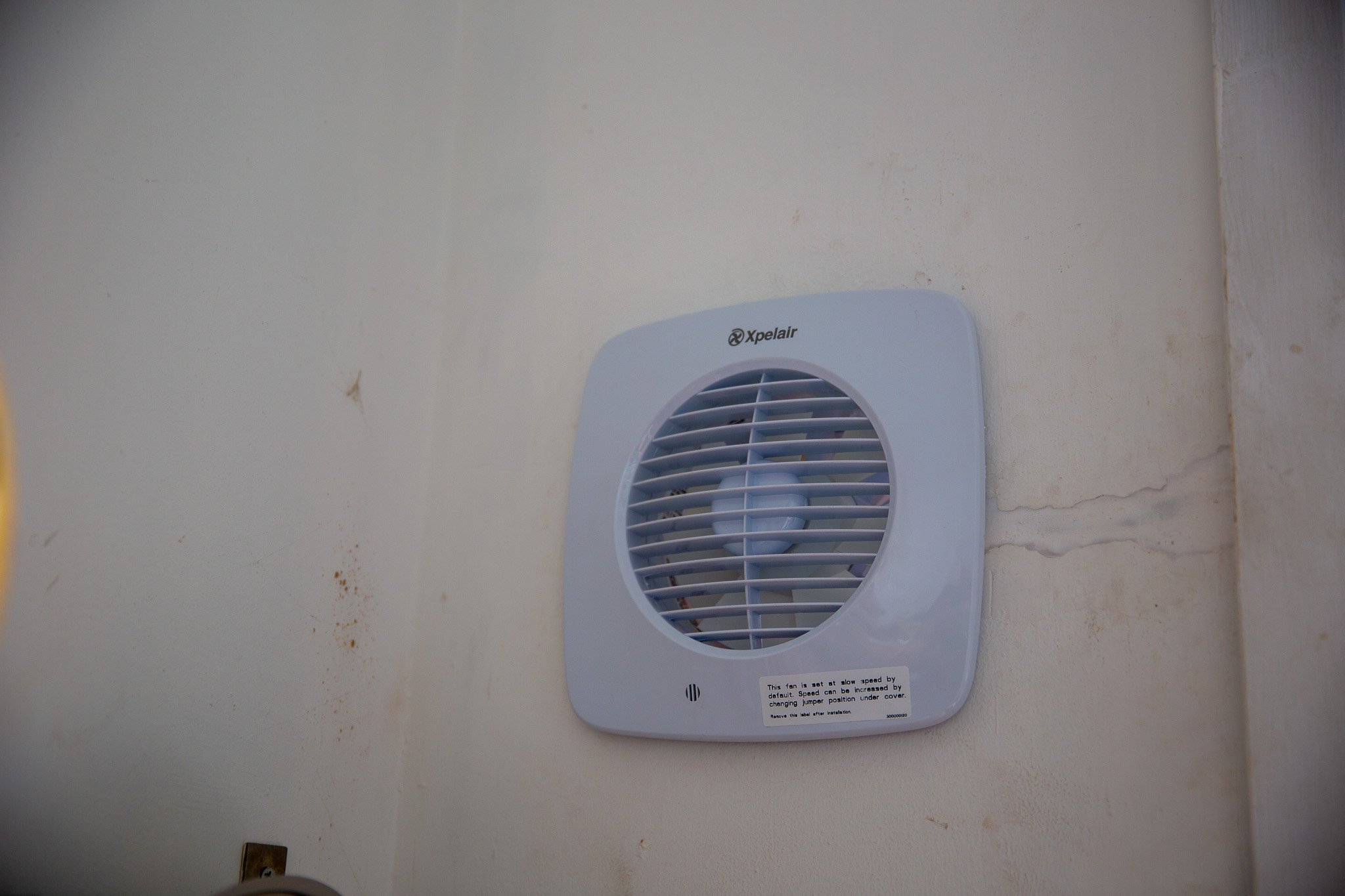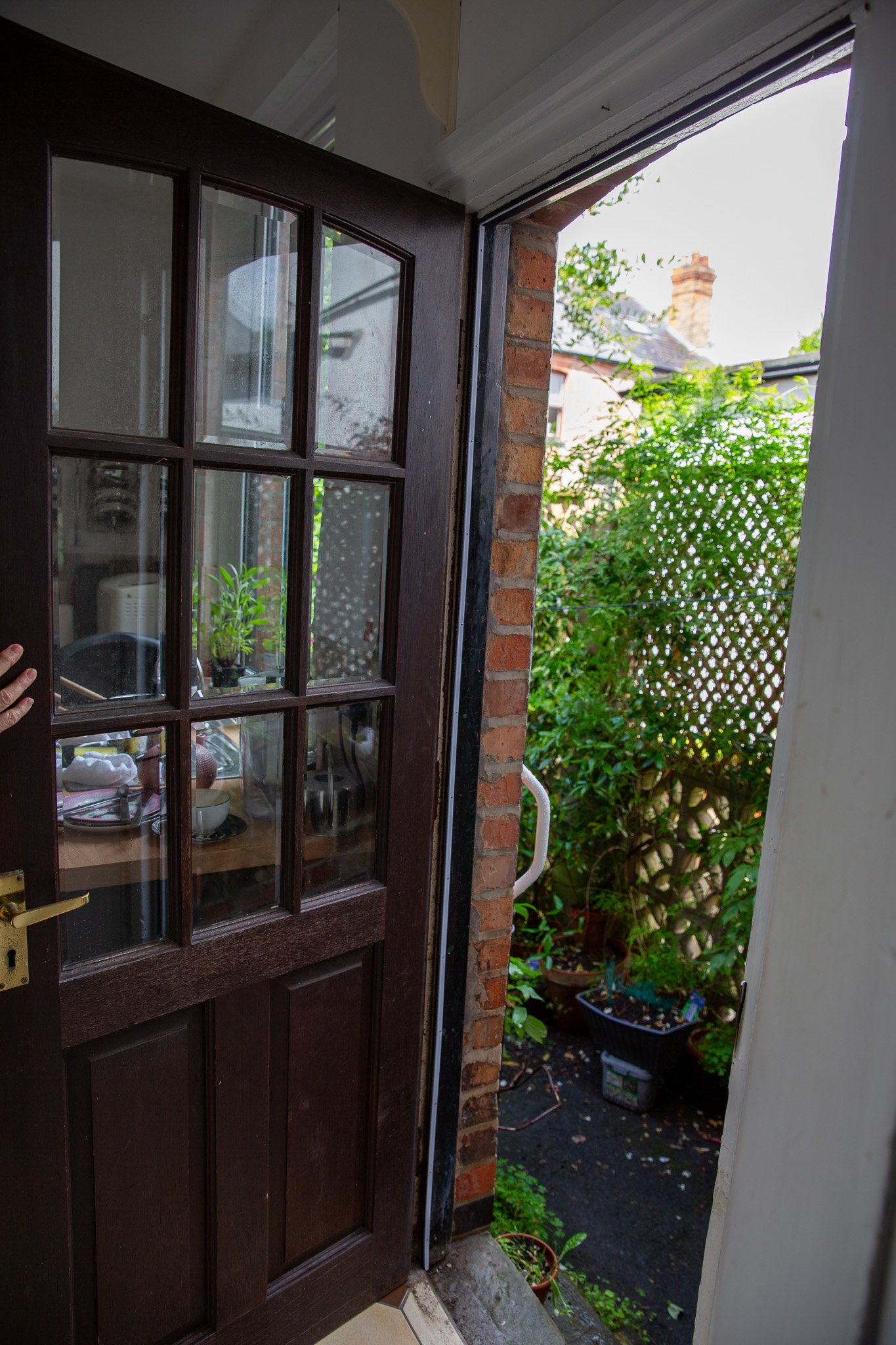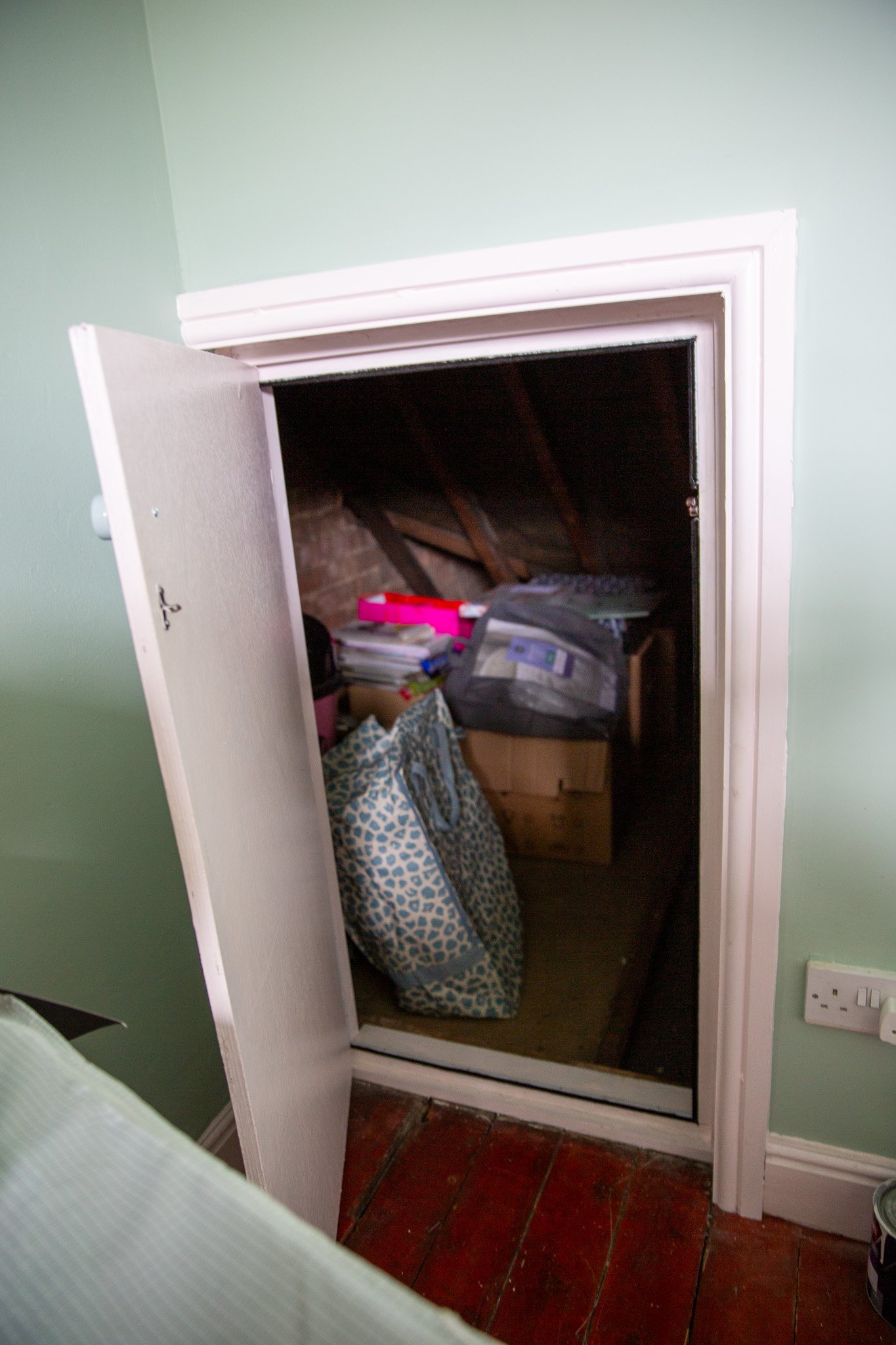Mrs T
“I am very satisfied, I really didn’t expect to be eligible for anything, so for me, it’s been a bonus … it’s like being given a present.”
Mrs T lives in a Victorian mid-terrace house, based in the conservation area of the Meadows, Nottingham. She found that her home was prone to draughts and dampness, drastically dropping in temperature in winter. Keen to gain more control over her energy bills, she got in touch with Green Meadows for an assessment of her energy use.
The Future Fit assessment of Mrs T’s property revealed that most energy was being lost through the walls and the roof of the buildings, as well as through the floors and gaps in the building fabric which were causing air leakage.
The assessment outlined that Mrs T was in need of ventilation and insulation measures, as her home was losing an excessive amount of heat and had no present extract ventilation systems. To take a whole house approach, she was advised to begin by installing insulation, as the cheapest energy is the energy you don’t use.
With funding from the Cadent Foundation, Green Meadows were able to action some of the first improvements listed on the plan, which included:
Draught-proof door and attic hatch to the attic to prevent heat loss
LED lights
Mechanical Ventilation Heat Recovery (MVHR) extractors
Boiler optimisation - lowering the flow temperature to run more efficiently
Additionally, Mrs T had wooden, single-glazed windows that needed to be replaced with double-glazed windows. To lower the cost of this and secure potential funding, Green Meadows forwarded her to NEP’s Green Grants scheme, aiming to secure government funding for the replacement of her windows and room-in-roof insulation.
“Darren was really nice and showed me how to use my boiler efficiently.”
As part of the plan’s Phase 1 changes, the initial home improvements will start by making the home warmer. Additionally, by optimising Mrs T’s boiler, she now uses less gas to heat her home, achieved by reducing the flow temperature of the water which goes to the radiators, whilst heating the home to the same effect. LEDs will reduce electricity usage without compromising the brightness of the lights, showing that all these small changes are worth it - cutting costs whilst improving her experience at home.
Phase 2, 3 & 4 make recommendations in stages, starting with suspended floor insulation, airtightness and draught-proofing around the fireplace and extending to internal wall insulation, room-in-roof insulation and the addition of an Air Source Heat Pump and an upgraded heating system (heat emitters, underfloor heating, large radiators etc.) Each stage is tailored to the requirements of Mrs T’s home and makes suggestions of the most cost effective ways of installing measures. The plan also identifies that the property is situated in a Conservation area and offers advice and key considerations.
Overall, Mrs T was really happy with the plan and the funding from the Cadent Foundation, telling us “The contractors were very good, very careful and really helpful. They tidied up after themselves and really took care when doing the work.”
Since learning more about the benefits of home improvements, Mrs T is planning to attend the next ‘Basic DIY Skills’ workshop so she can implement more energy-saving measures around her home with the aim of doing as much as she can herself.
If you are interested in receiving a free Future Fit Home plan, sign up here or call us on 0115 718 2028.





